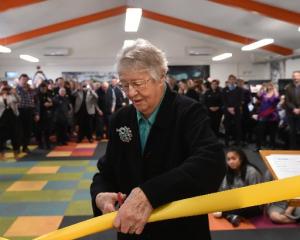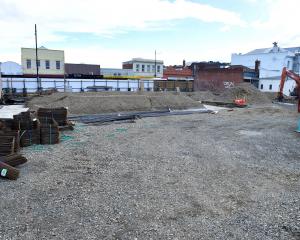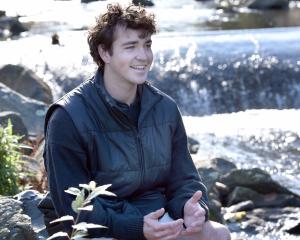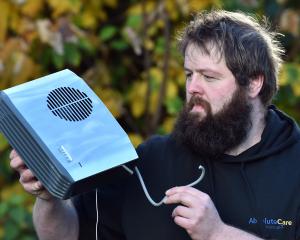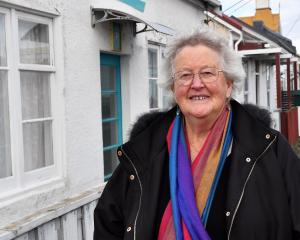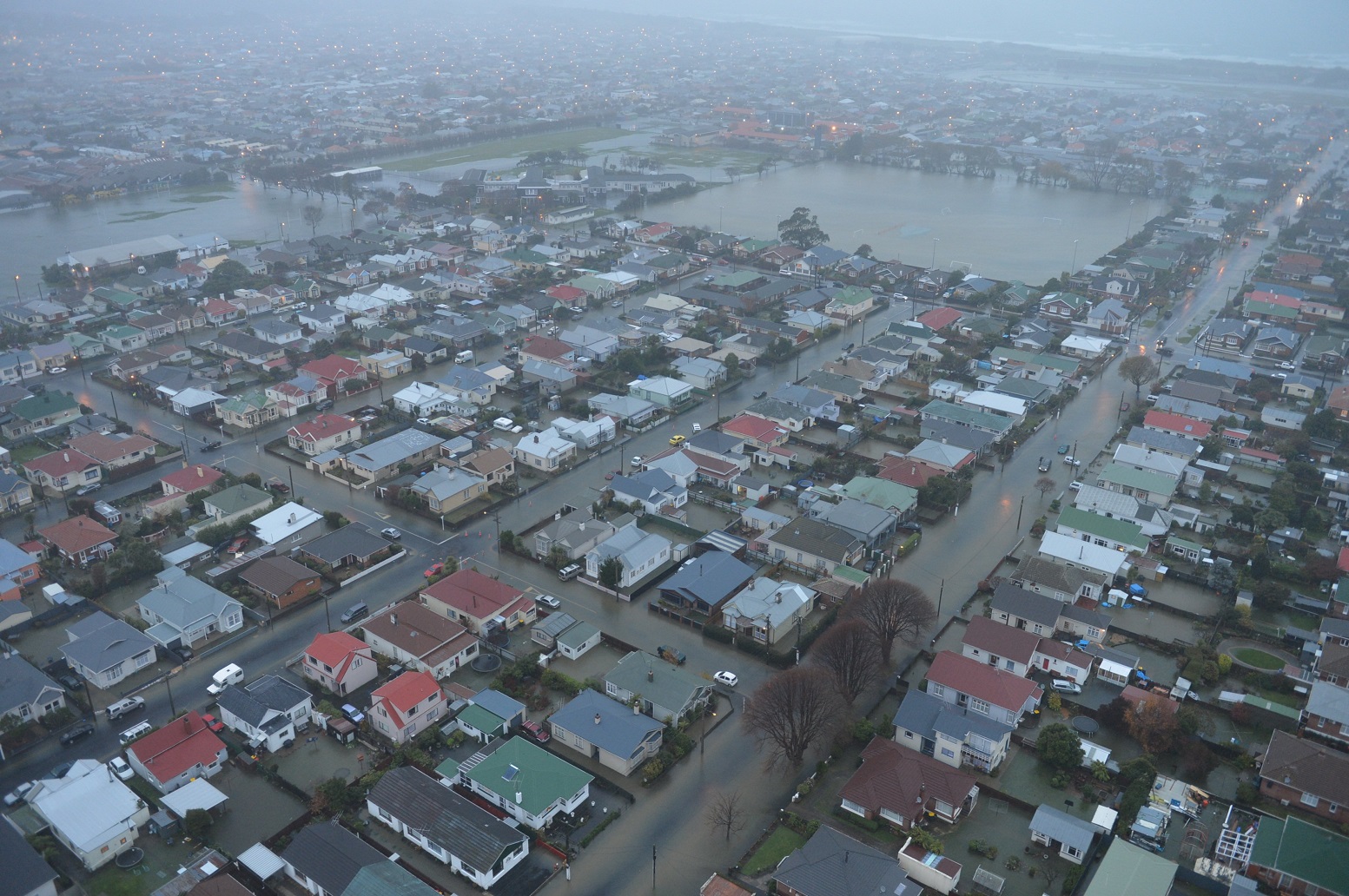

The go-to engineering solution is gutters draining into stormwater pipes.
With no river wending through low-lying South Dunedin, stormwater pipes are vital veins.
Water is carried towards the harbour, into fewer pipes, until it ends up in two big ones, each 2m across.
It passes through a screen to filter out debris and is discharged to the sea via the Portobello Rd pumping station.
The system works — mostly.
South Dunedin has flooded, painfully so in June 2015.
Climate change is bringing more intense rainstorms, meaning more water needing to go somewhere, quicker.
A rising sea level will mean increasingly sodden ground and springs emerging.
Rain currently draining into parks and gardens, rather than pipes, and emerging springs, will also need to go somewhere.
The council-led South Dunedin Future programme has a long-list of 16 ways to tackle South Dunedin’s rising waters and is tasked with making a plan in consultation.
Several options are spongy, including wetlands, gardens, roof gardens, green verges and "floodable infrastructure" such as parks. Public feedback, scribbled on cards at a South Dunedin Future event this month, imagined the future.
Ideas included a lake with small boats for learner sailors and a pond where children could look at tadpoles.
Bigger pipes, and pumps, are another option listed by the council.
"Green-blue corridors", including canals, could be engineered to flow seaward.
However, the cost of an Amsterdam-style approach is considered to be "likely high".
Another, far more basic, option listed is stopping wastewater overflows — sewage getting in stormwater pipes or bubbling on to streets. It has raised eyebrows because it is not a climate adaptation measure.
Feedback at the South Dunedin Future event called for "poor infrastructure" to be fixed "to protect health".
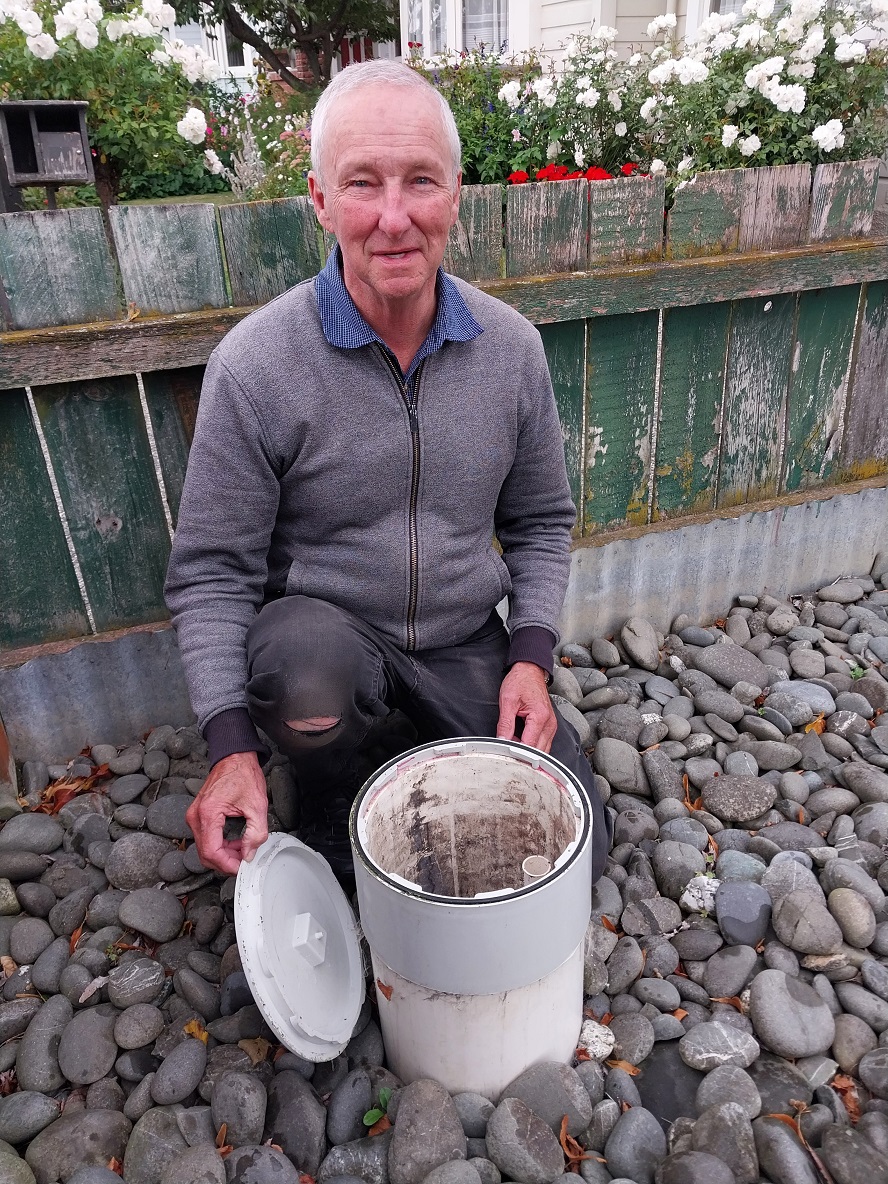
In a rainstorm, ageing wastewater pipes can fill up with water sneaking in through cracks and poor joints. This is called infiltration. Water also flows in from incorrectly plumbed roof gutters and manhole covers. This is called inflow. The problem does not affect pipes carrying drinking water because the water inside them is pressurised, stopping water getting in.
When wastewater pipes are full to excess they must overflow their contaminated cocktail — to somewhere. At the intersection between Surrey St and Hillside Rd in Caversham, staff at the popular Danish Delights Bakery talk about an occasional "water feature" outside.
The garage Auto Repair Otago is next door and mechanics point to a manhole cover that has overflowed down Surrey St with toilet paper and women’s hygiene products.
Owner Jayson Carmichael has the view that the pipe system is "out of date and shouldn’t be failing in this day and age".
The council’s draft Future Development Strategy to 2054 says Dunedin’s wastewater network can become overloaded.
To relieve pressure and prevent wastewater spilling within dwellings the contaminated excess water is routed to the ocean rather than a treatment plant and "occasionally exits manholes and spills on to the street".
Nearly three out of four wastewater pipes in South Dunedin are due for renewal.
The council stresses many can function beyond their renewal date — and it has to plan carefully in the context of a more watery future.
South Dunedin Future has listed the pros and cons of sorting out overflows, including a red flag that the "pace of implementation" may not match the "changing environmental condition".
Meanwhile, waste from about 75% of people across the whole city, and large industry, travels under South Dunedin to the Musselburgh wastewater pump station in Rona St and on to the wastewater treatment plant at Tahuna behind St Kilda Beach, where it is treated then discharged to the sea.
About 350 litres of waste per second flows through the Musselburgh pump station, but during the worst rainstorms this has increased more than tenfold due to infiltration and inflow.
Significant wastewater from the centre and north of the city goes through a big pipe called the Main Intercepting Sewer along Anzac Ave, Cumberland St and Timaru St before travelling on to Tahuna. However, sewage from more southerly suburbs, as far afield as Halfway Bush, arrives via Kaikorai Valley then mostly into a pipe along Surrey St then Macandrew Rd.
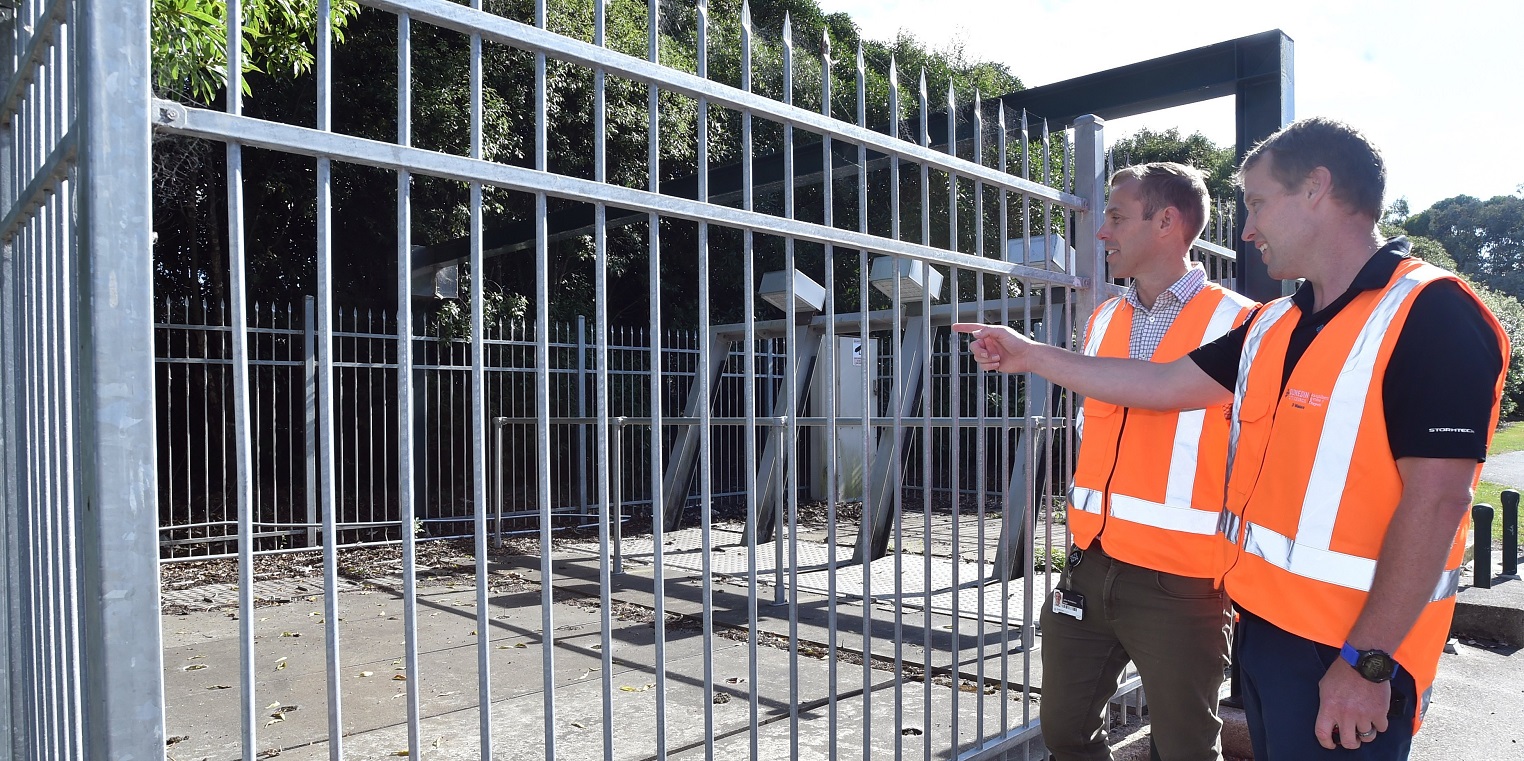
It has happened about twice a year, most recently in May 2023. The stormwater pipe’s route was referred to as the "contamination vector" in a council report from 2015 about the problem of overflows.
The pipe has moved excess sewage in storms — but sometimes the amount has been too much and contaminated water has overflowed on to Surrey St.
University of Auckland associate professor of environmental engineering Dr Lokesh Padhye says preventing overflows is crucial as pollutants can enter soil and water and cause a significant threat to the environment and public health.
In 2018 Surrey St residents petitioned the council to stop it. Vertical white tubes have been installed in front gardens that go down to flaps called non-return valves. The valves stop excess wastewater slopping back into house drains. They do not stop infiltration and inflow.
Ron Harvey has lived here for 43 years and says the council should check buildings’ downpipes to prevent inflow and get water "down the right pipes to the right place".
Maureen West has lived here for six years and dug out blocked drains with a spade in the rain. She has attended council meetings about flooding, but did not know about the sewer in Surrey St and how it has overflowed.
"Why was I suspicious we were not getting the full story? Oh dear. The stuff that needs doing here is massive and our community deserves it," she says.
Pipe expert Kobus van Zyl, a professor of civil and environmental engineering at the University of Auckland, describes overflows as a "warning" to politicians with purse strings. The problem can be left until things get critical, he says. He points to overflow problems in Wellington, too.
In 2010, a 50-year "integrated catchment management plan" for South Dunedin, written by engineering firms commissioned by the council, identified wastewater flooding in Surrey St as a main issue of concern.
In 2018, three years after the disastrous flood, the council wrote to residents saying that wastewater from the Kaikorai Valley area would instead be piped to Green Island for treatment to lessen wastewater flooding in South Dunedin.
It would cost $51 million — $44 million on an upgrade to the Green Island treatment plant and $7 million on a new pipeline to carry wastewater there instead of across South Dunedin to Tahuna. The main work would start in 2020.
The letter also said that by 2028, $35 million would be spent on flood reduction within South Dunedin "on things like new higher-flow mud tanks, pump stations or new ways of diverting and managing water".
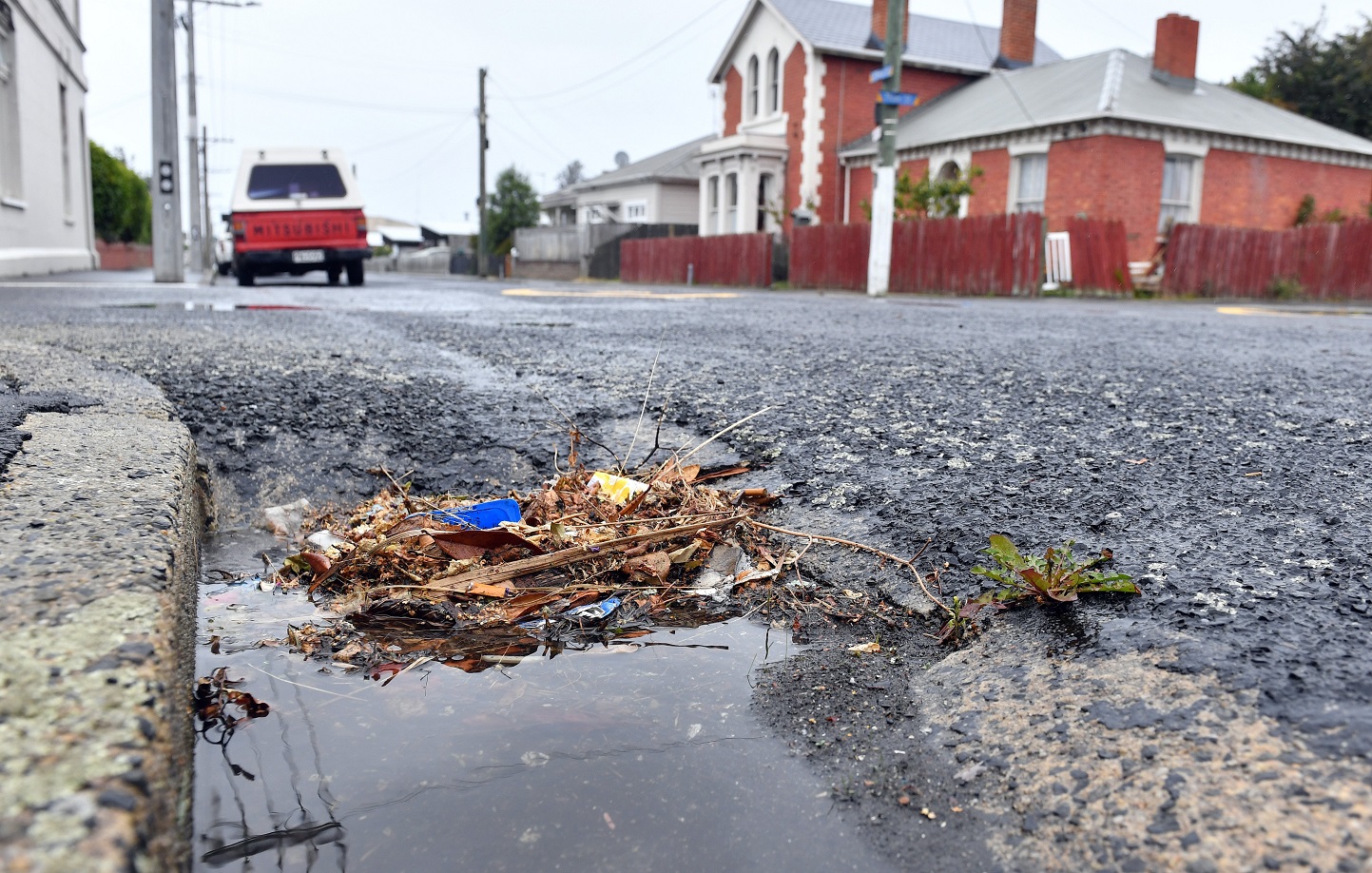
This has "implications for the earlier proposal for a new pipe from Kaikorai Valley to Green Island. This project is still a possibility but needs to be evaluated as part of the wider strategic planning for the network."
This planning is "well under way" but is "complex" and it is "important we get it right before committing significant investment".
As well as the valves in front gardens, the council says it has improved maintenance of stormwater grates and mud tanks below them, to improve rain flow into stormwater pipes connected from them.
The Portobello pumping station has a new $300,000 screen. The letter to residents had said this was for faster cleaning and pumping.
The council says that a Three Waters network renewal programme is replacing pipes across the city and should help reduce the pressure on South Dunedin's pipes. Wastewater from elsewhere in the city that arrives in South Dunedin should have less stormwater in it due to decreased infiltration.
Pipe expenditure across the city rose from $12.7 million in 2017-18 to $74.2 million in 2022-23, with 90% of spending on replacement pipes and the rest on more or larger pipes.
However, the council would not tell the ODT how much money had been spent on renewal or new pipes within South Dunedin.
Stormwater and wastewater pipes across the city have had flows monitored, so engineers can model the best way to improve the network further, including for South Dunedin. A report is expected by the end of the year.
South Dunedin Future manager Jonathan Rowe says this is so "we don’t put the wrong thing in the wrong place".
The council says options for future changes at Surrey St are being considered as part of its ongoing planning and it is aware of wastewater overflows into the street.
The ODT reported on it happening in July 2022, showing a video of the water feature outside Auto Repair Otago.
Mr Carmichael says it is a health and safety issue.
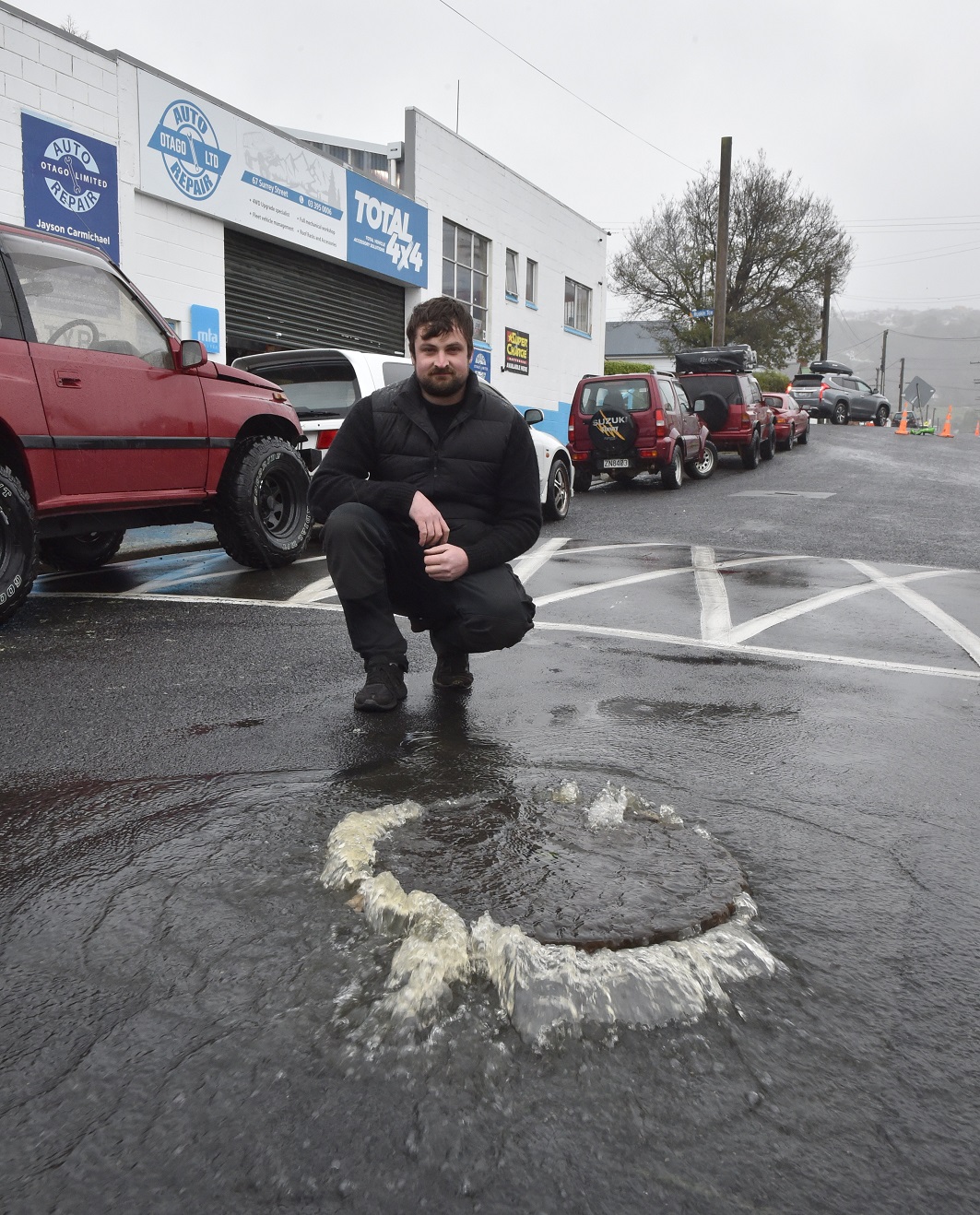
"We are told to wear masks to protect vulnerable people, but this problem is out of sight — until it bubbles up."
‘Sponge city drainage area’ alternative to big pipes
"Spending on massive pipes is not going to be practical," Helen Clark Foundation deputy director and engineering consultancy WSP fellow Kali Mercier says.
More natural ways to manage water are explained in her report "Sponge Cities".
The approach aligns with the Māori principle of living with wai (water).
Hard surfaces, such as unnecessary paving, can be replaced with trees to soak up water.
Space can be provided for water to sit.
Parts of Forbury Park — bought recently by the council — could have significant emergent groundwater, during wettest times, as early as 2039.
It could be a "dream space to make some kind of sponge city drainage area" Ms Mercier said.
"Every time I look at it I think ‘that’s where they could have the hanging gardens of Babylon!"’
A spongy city "won’t necessarily fix all problems for all places," she said.
Even if people would eventually have to relocate, it could "help people be more resilient and stay longer".



